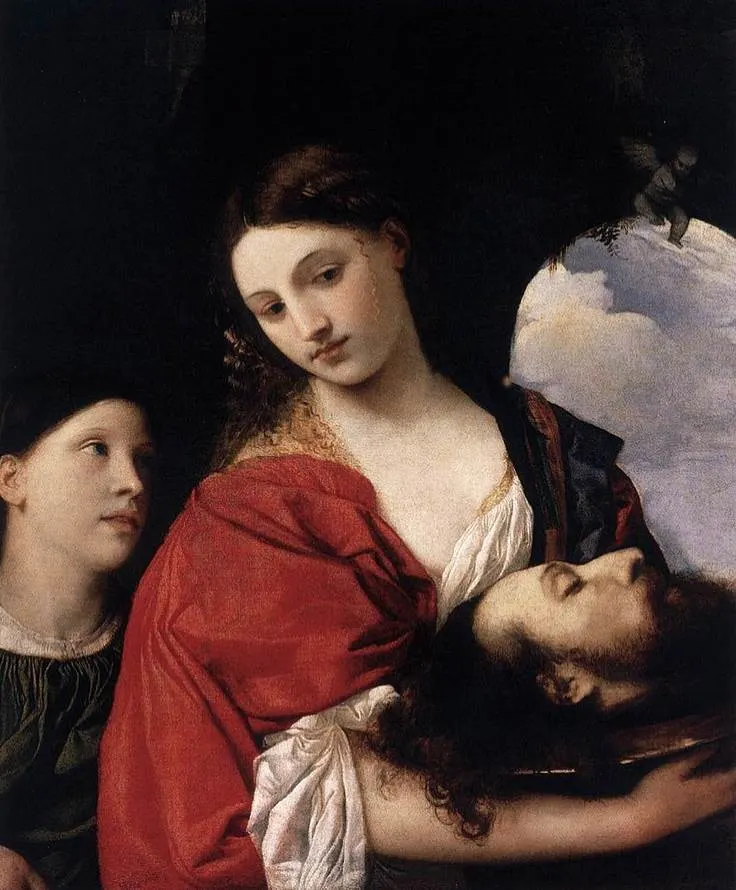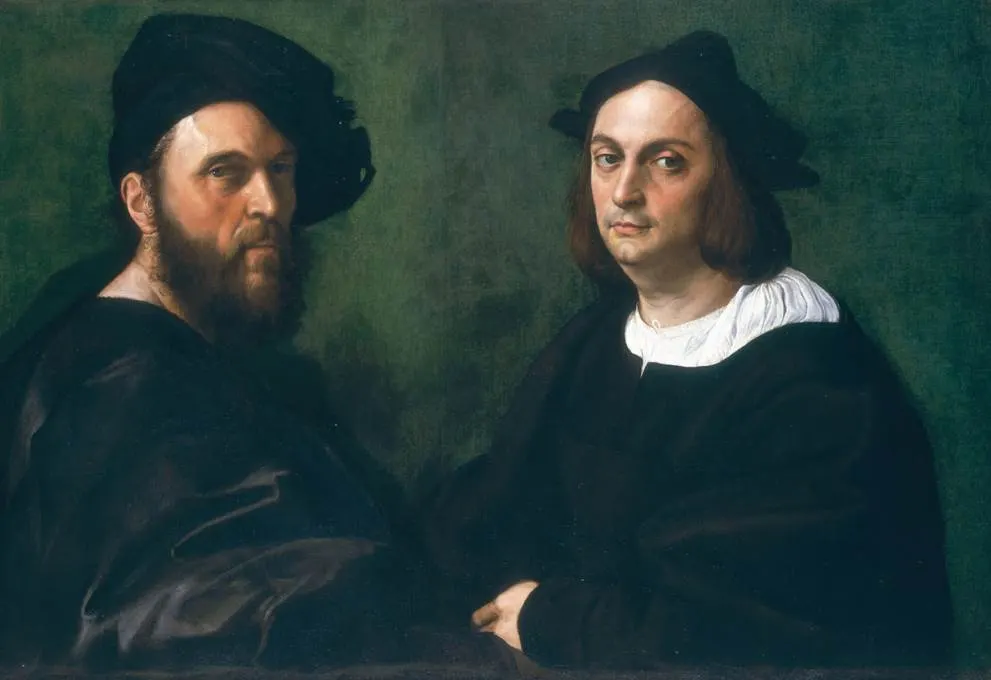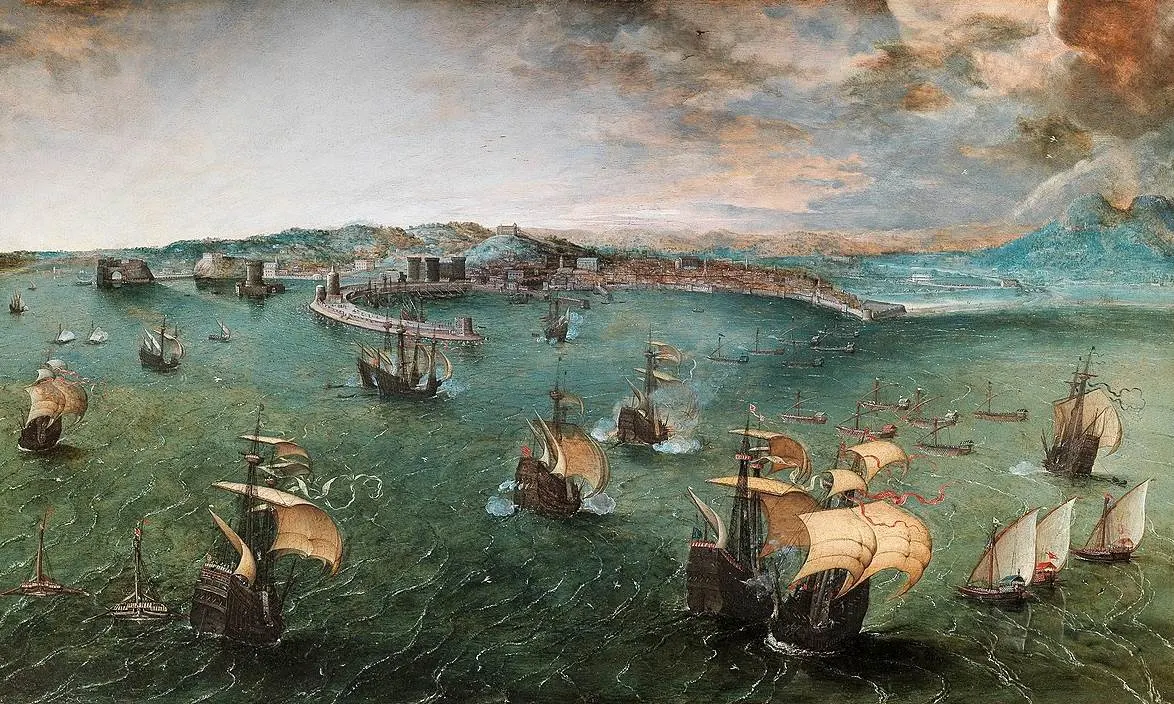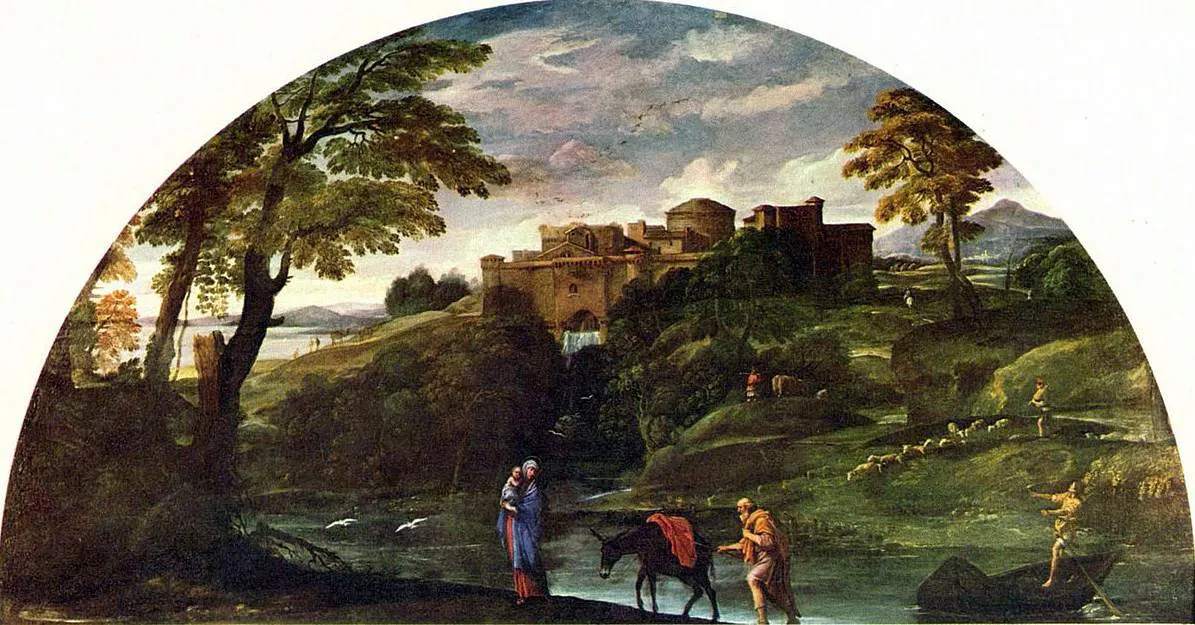There are many amazing buildings in Rome, including countless amazing palaces. Very few, however, are still owned by the family who constructed them.
One of these is known as the “Palazzo Doria Pamphilj,” a reference to the Doria, Pamphilj, Landi, and Aldobrandini families who are now unified through marriage as “Doria Pamphilj.”
Located on the Via del Corso, just north of the monumental Altar of the Fatherland and just a short walk east of the Pantheon, this palace has a history that goes back to the 15th century.
The Renaissance building was greatly expanded, especially in the 18th century. Today, it features staterooms, apartments, and a chapel, all of which are situated around a central courtyard.
Apart from the stunning interior design, the palace also houses a remarkable collection of fine art by the Old Masters. Most artworks are located in the staterooms and 4 opulently decorated apartments.
In this article, you’ll discover some of the most famous paintings at the Doria Pamphilj Gallery.
1. The Annunciation – Filippo Lippi
- Date created: 1445-1450
- Dimensions: 117 × 173 centimeters (46 × 68 inches)
The Annunciation is an oil-on-panel painting by Filippo Lippi (1406-1469), an Early Renaissance painter from Florence who was also a Carmelite priest. It’s one of several versions of the same subject by the Italian artist which was a common theme in Christian art in the 15th century.
What’s different about this work is that Lippi included a very bright source of light, unlike any other work he produced. We can see the hands of God as well on top of the painting. These release a dove that represents the holy ghost as it flies along illuminated beams toward the Virgin Mary.

2. Lamentation over the Dead Christ with a Donor – Hans Memling
- Date created: 1475-1480
- Dimensions: 68.5 x 52.5 centimeters (26.9 x 20.6 inches)
Lamentation over the Dead Christ with a Donor is a painting by the Early Netherlandish artist Hans Memling (1430-1494). Although Memling was born in Mainz in modern-day Germany, he spent most of his career in Brussels and learn his skills in the workshop of Rogier van der Weyden (1400-1464).

Like in many other paintings of the Flemish Primitives, including the magnificent paintings of Jan van Eyck (1390-1441), the donor was included. The unknown man can be seen kneeling on the right. The work was completed on oak wood and remains in excellent condition today.

3. Judith with the Head of Holofernes – Titian
- Date created: 1515
- Dimensions: 90 × 72 centimeters (35 × 28 inches)
Judith with the Head of Holofernes is a painting by Titian (1490-1576), one of the greatest Renaissance masters in history. It was completed during the early phase of the artist’s career and although it goes by this title, the subject matter of the paintings remains up for debate.
Some art historians have concluded that it depicts Salome with the head of John the Baptist. It’s also possible that the head is a self-portrait of the artist. The model in this work might be the ex-mistress of Titian and her mother as she appears in several other works as well, including the Dresden Venus by Giorgione (and probably finished by Titian).

4. Penitent Magdalene – Caravaggio
- Date created: 1594-1595
- Dimensions: 122.5 × 98.5 centimeters (48.2 × 38.8 inches)
Penitent Magdalene is a painting by Caravaggio, the troubled artist of the Baroque era who had to flee his native Milan. He arrived in Rome in the early 1590s and had a tough time finding his artistic breakthrough. This painting was completed shortly before this happened at the turn of the century.
This work depicts Mary Magdalene in a penitent position, bowed down in sorrow. This painting was nothing short of revolutionary at the time because it depicted Mary in a very realistic way. Caravaggio completely left behind the idealized versions of the previous centuries, sparking controversy in the process.

- Date created: 1516
- Dimensions: 76 × 107 centimeters (30 × 42 inches)
The Portrait of Andrea Navagero and Agostino Beazzano is a painting by Raphael that depicts two of his close friends. The artist had spent some time with them before they departed for Venice and it’s possible that this work served as a present for the two men.
Andrea Navagero (1483-1529), the man on the left, was a multi-talented individual who served as the official historian of the Republic of Venice. The artist had wished to journey with his friends together but this never happened. Raphael passed away just 4 years later in 1520 at the age of 37.

- Date created: 1558-1562
- Dimensions: 42 × 71 centimeters (17 × 28 inches)
Naval Battle in the Gulf of Naples is a painting by Pieter Bruegel the Elder (1525-1569), one of the most renowned artists of the northern Renaissance in the 16th century. What’s remarkable is that Bruegel traveled to Italy and spent multiple years in the country in the early 1550s.
He traveled to Rome and very remarkably for the time, continued his journey to Npels and probably as far as Messina on the Italian island of Sicily. Bruegel made a lot of drawings during his journey, including of the Bay of Naples and a naval battle he witnessed near Messina. There is no historical base for this painting as he mingled several preparatory drawings together.

7. Earthly Paradise with Original Sin – Jan Brueghel the Elder
- Date created: 1612
- Dimensions: 50.3 x 80.1 centimeters (19.8 x 31.53 inches)
Earthly Paradise with Original Sin is one of the many paintings by Jan Brueghel the Elder (1568-1625) that depict a scene from the Garden of Eden. The story itself was clearly of less importance than the depiction of the copious amounts of animals that dominate the canvas.
This is an oil on copper work that can be described as the Flemish artist’s trademark type of painting, although he was extremely versatile. The early 17th century was a time in history before zoos were established and many people had never seen exotic animals. This transformed these works into remarkable spectacles to behold.

8. Landscape with the Flight into Egypt – Annibale Carracci
- Date created: 1603-1604
- Dimensions: 122 x 230 centimeters (48 x 90.5 inches)
Landscape with the Flight into Egypt is a painting by Annibale Carracci (1560-1609), one of the co-founders of the Bolognese School during the early Baroque period. It’s remarkably a painting that has never left the Doria Pamphilj Gallery because it was commissioned by Cardinal Pietro Aldobrandini, a member of the Doria Pamphilj family.
The Cardinal had commissioned this painting to hang in his chapel at the Palazzo Doria Pamphilj. It depicts a scene from the Biblical Flight into Egypt and is considered to be one of the most important Baroque landscape paintings ever produced. It set the standard for many landscape painters of future generations in the 17th century and beyond.

9. Rest on the Flight into Egypt – Caravaggio
- Date created: 1597
- Dimensions: 135.5 × 166.5 centimeters (53.3 × 65.6 inches)
Rest on the Flight into Egypt is another painting by Caravaggio. It depicts another popular story included Mary, Joseph, and their infant Jesus Christ who are resting during their Flight into Egypt. Caravaggio was an innovative artist because he included an angel who is playing the flute.
This particular story isn’t mentioned in the Bible but was derived from the Fight into Egypt based on myths and legends. The Flight happened because the family wanted to flee from King Herod the Great who was keen on killing the infant Christ. During this flight, the family presumably rested in a grove of trees.

10. Portrait of Pope Innocent X – Diego Velázquez
- Date created: 1650
- Dimensions: 141 × 119 centimeters (56 × 47 inches)
The Portrait of Pope Innocent X is a painting by Diego Velázquez (1599-1660), the Spanish artist who made two extended visits to Italy while he was the court painter of King Philip IV of Spain. This painting was completed around 1650 during his second visit to Italy.
Pope Innocent X (1574-1655) was born Giovanni Battista Pamphilj which means that he was a member of the Doria Pamphilj family. The Pope wasn’t too keen on sitting for this portrait but was convinced when he was shown several works of the Spanish artist. The result was one of the most astonishing portraits ever created.

